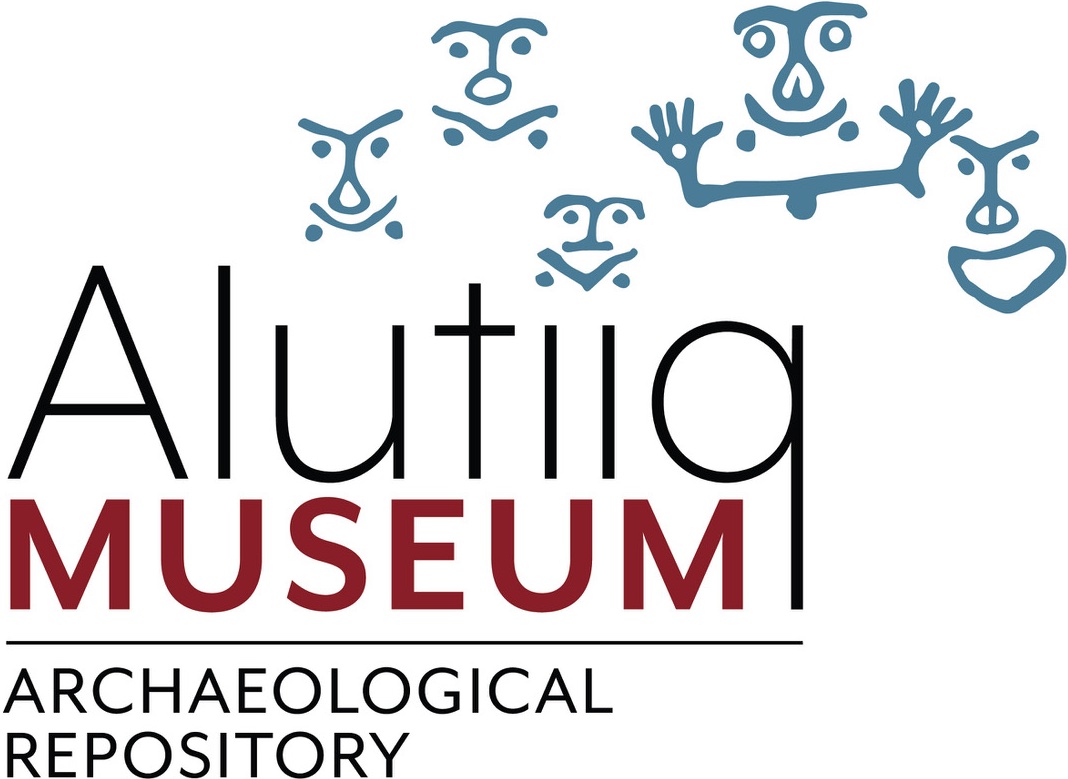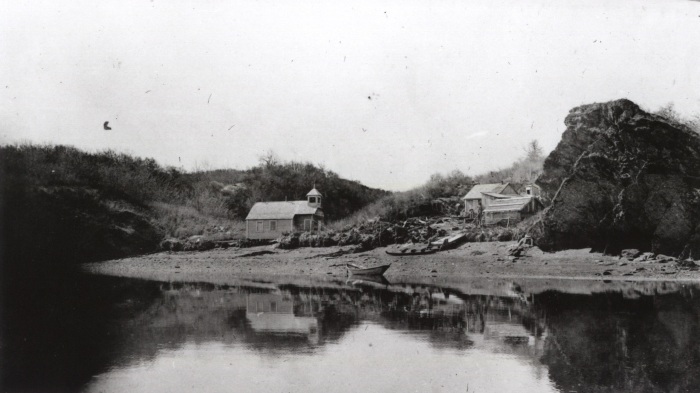Uganik — Unganuut
Suuget Unganuuni etaallriit. — People used to live on Uganik.
Tucked deep into the protected shoreline of Uganik Bay’s Northeast Arm, Uganik Village was a small Alutiiq community inhabited until around 1916. Alutiiq people were living in the village when Russian traders arrived on Kodiak in the late 1700s. The community was briefly uninhabited following the 1837 smallpox epidemic when traders moved Uganik survivors to Karluk. However, families moved back in the following decades.
Russian administrative control of Alutiiq labor ended with the Treaty of Cession that sold governing rights to Alaska to the United States. Records suggest that the large, consolidated villages created after the smallpox epidemic were too big for many. As a result, some people moved back to ancestral communities near traditional family harvesting areas. Uganik was one of these places. By 1890 the community was home to about twenty-two people and had a small wooden Russian Orthodox Chapel known as St. John the Baptist.
Russian administrative control of Alutiiq labor ended with the Treaty of Cession that sold governing rights to Alaska to the United States. Records suggest that the large, consolidated villages created after the smallpox epidemic were too big for many. As a result, some people moved back to ancestral communities near traditional family harvesting areas. Uganik was one of these places. By 1890 the community was home to about twenty-two people and had a small wooden Russian Orthodox Chapel known as St. John the Baptist.

